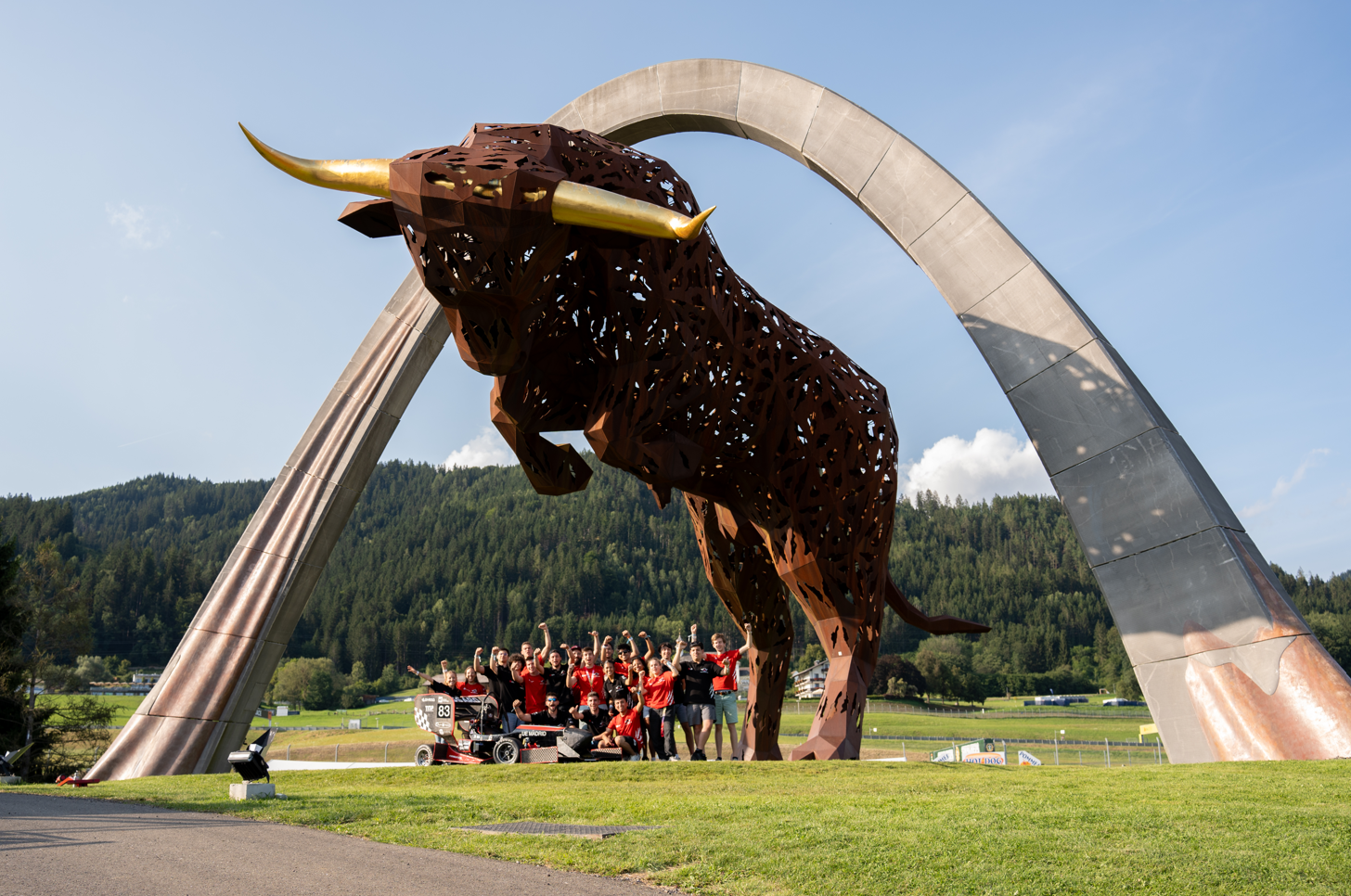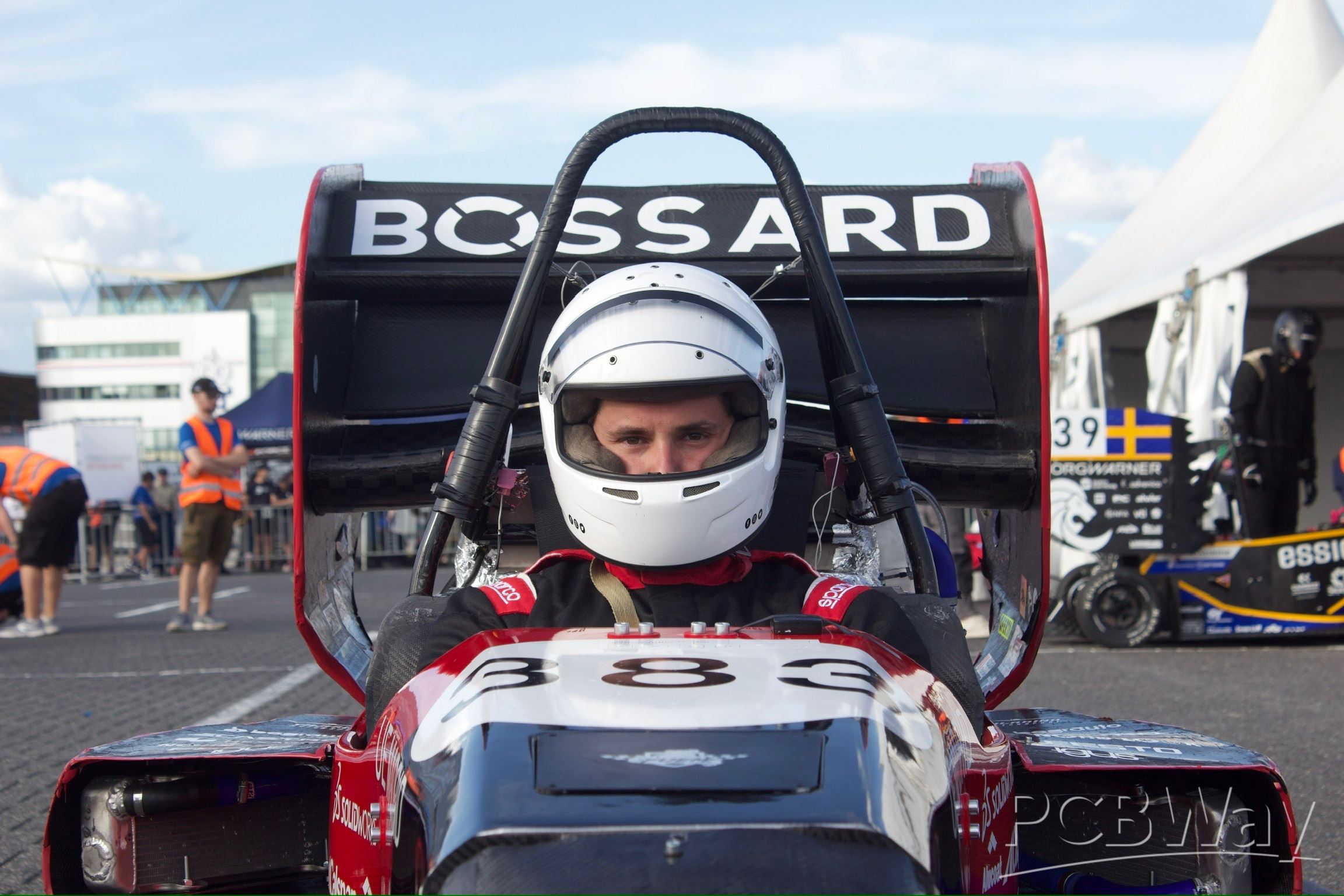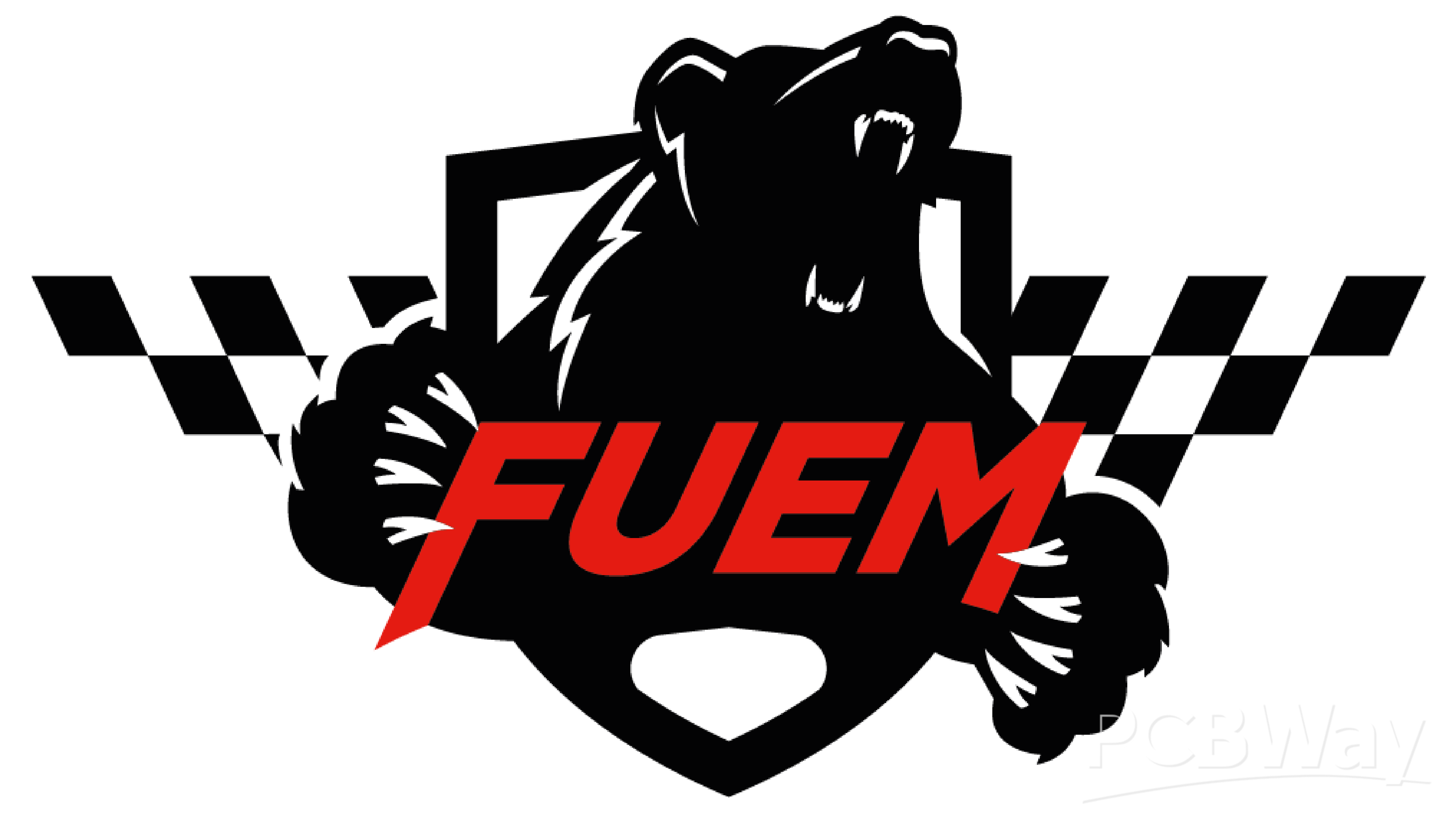

Formula UEM
Introduction to Formula UEM
Formula UEM is a competition team founded 17 years ago by a group of students passionate about engineering applied to the world of motorsport. Season after season, the team continues to fill its workshop with motivated students eager to explore beyond what engineering classrooms can offer. Over the years, Formula UEM has grown in ambition, capability, and membership, evolving into a company-like organization with all the components and variables that entails. This structure also opens the door for students from non-engineering disciplines — such as design, marketing, sports management, health sciences, and economics — to contribute to the project.
The team’s activities take place within the context of Formula Student, the most established university engineering competition in the world, with teams on every inhabited continent and numerous organizing bodies. Each season, the team designs, optimizes, validates, manufactures, and develops a single-seater race car under the strict regulations of various competitions. Throughout its 17-year history, Formula UEM has competed in the United Kingdom (FSUK), Austria (FSA), Italy (Formula ATA), and annually at the Circuit de Montmeló in Spain, where it is regarded as a historic team of Formula Student Spain (FSS), having participated in all 14 of its editions. While these competitions mark the culmination of each season, the activities developed in the workshop go far beyond them.

Formula UEM’s operations are organized into yearly seasons that follow the academic calendar, beginning in September and concluding in August. The year is divided into distinct phases with the goal of completing a race-ready prototype on time for competition, while continuously implementing innovative improvements and growing as a team.
The first phase, from September to December, focuses on preliminary design development. During this period, new components and necessary modifications are defined, and the overall direction of the team for the new season is established. Budgets and technical requirements are outlined, and coordination among the team’s different departments takes place. This phase also includes the recruitment and training of new members. Veteran members pass on the team’s working methods, acquired knowledge, and key insights to ensure newcomers quickly integrate into the project and are prepared to contribute their own ideas.
The second phase, from January to March, centers on optimizing and validating all the designs to be implemented in the prototype. At Formula UEM, only designs that can be justified — through simulations, calculations, or, in the case of marketing, meaningful brand strategy — are manufactured. This period represents the transition from ideas to tangible reality, fostering new learning experiences for each member through research and experimentation.
The third phase, from April to July, involves manufacturing and assembly. A large portion of the components are produced in-house, with the team prioritizing both cost-efficiency and learning opportunities. For certain parts, external manufacturing is used when necessary. This stage is arguably the most challenging of the year, as it requires effective coordination of timelines, manufacturing drawings, and budget management — tasks that are complex for students with limited industry experience.
Finally, from July to August, the team tests the car, optimizes its performance, fixes issues, and competes in two events per year. These competitions provide valuable opportunities to learn from other teams, receive feedback from judges, and analyze the outcomes of the season’s work.
As mentioned several times, throughout the entire season, team members are engaged in a continuous learning process — which is the primary goal of the club. This philosophy is reflected in Formula UEM’s mission and vision.

- student
- engeneering
- Car
- Formula
You might like
- Comments(0)
- Likes(0)







